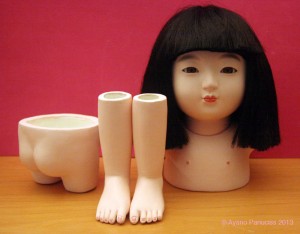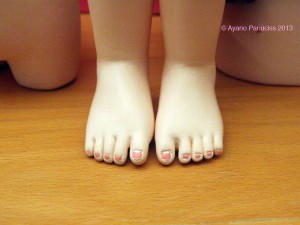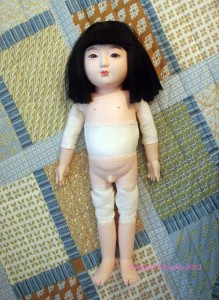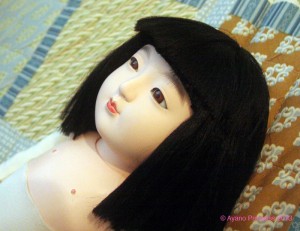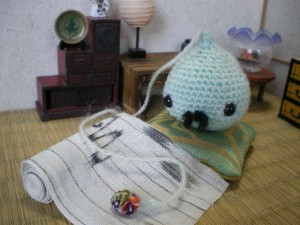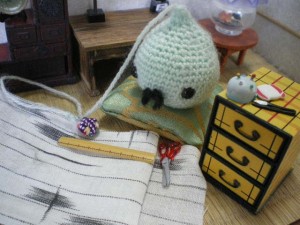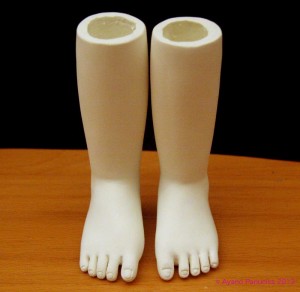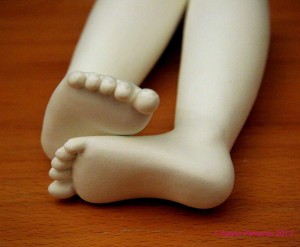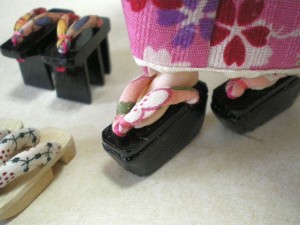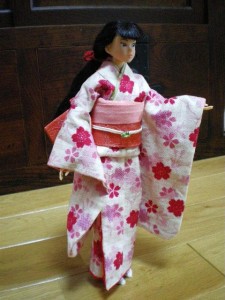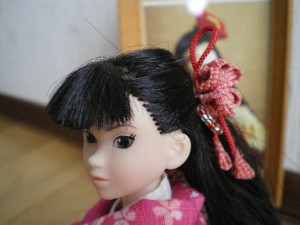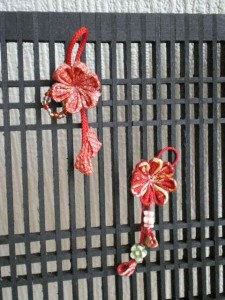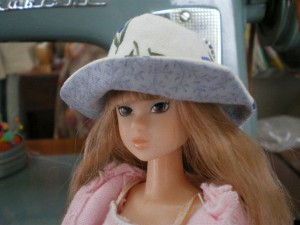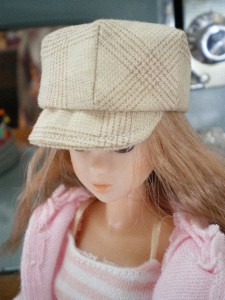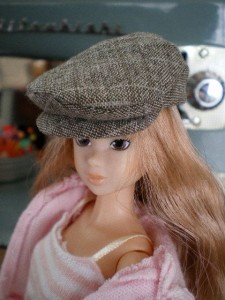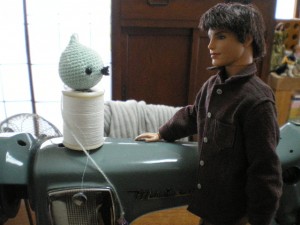Grand Duchy of Roshino, Jodelnneur State, City of Nienieberg, Kinoko District
ロシーノ大公国ヨーデルヌール州ニーニーベルグ市きのこ地区
Ichimatsu doll custom: gofun paint and put parts together 市松人形のボディパーツを塗ってつなげる
首の受けにも摩擦予防のジャージ生地を貼りました。
今回、初めて胡粉を扱ったのですが
色々と勉強になりました。
I finished painting gofun and coloring my ichimatsu doll, Akira.
Glued some sweat fabric on the neck socket
in order to avoid direct friction.
This is the first time for me to use gofun, which is a Japanese
traditional paint made out of oyster shells:
I realized that I need more experience using it
since it has unique characteristics.
白い部分もちゃんと塗ってあります。
草履のために結構親指と人差し指の隙間を作ったはずが
上塗りでほとんどなくなってしまいました。
Painted toe fingers pink.
I also painted white details.
I tried to make some space between a big toe and a second toe
so that he can wear geta footwear
but it’s gone because of thick gofun paint.
おなかの中には重い頭とバランスをとるための
鉄の重しが入っています。
Put each body parts together with chirimen fabric.
I inserted iron weight in the belly to keep balance
with a heavy head (it is solid and heavy!).
I fixed chipped tip of the nose.
Doll’s Yukata 1 ケンの浴衣製作中1
「良い絣じゃの」
フンボルトさんは洋服も仕立てられますが、和服の仕立てもできるのです。
“This is a good fabric with splashed patterns”.
Mr. Humboldt can tailor western clothes but he also can
tailor Japanese traditional clothes like kimono and yukata.
「もう夏じゃから、ひとつケン氏に浴衣を仕立てるかのう」
“Let me tailor a yukata for Ken since summer is just around the corner.”
1/6 Doll Geta(Koppori,Oiran,Funagata) お人形の下駄「こっぽり」「花魁下駄」「舟形下駄」
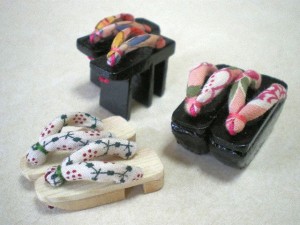 奥は、花魁の下駄です。鼻緒は羽二重です。手前左は「舟形」と呼ばれる形の台の下駄です。
奥は、花魁の下駄です。鼻緒は羽二重です。手前左は「舟形」と呼ばれる形の台の下駄です。
From the left: Funagata: base board shaped like a boat;
top middle: oiran’s sanmai-ba geta. Hanao (cloth thongs are made out
of habutae silk); and on the right koppori: special
type of geta worn by maiko (geisha apprentice).
こっぽり下駄をmomokoさんに履かせてみました。
Momoko wears koppori: Koppori are distinctive tall geta
which have a small bell inside of its thick sole.
1/6 doll Kimono (cherry blossoms) 桜の着物
桜柄の袷です。
表地はコットンドビー、裏は羽二重です。帯、帯揚げ、帯紐は絹です。
着物がかけられている「衣桁」も作りました。
momokoさんに着付けると、このような感じです。
This is a sakura (cherry blossoms) lined kimono.
The face fabric is a cotton dobby and the lining is a habutae silk.
Accessories such as the obi (belt sash), obi bustle, and obi webbing
all are made out of silk.
I made a kimono hanger, called “ikou”, which is especially for kimono.
Let momoko wear and how they look like:
